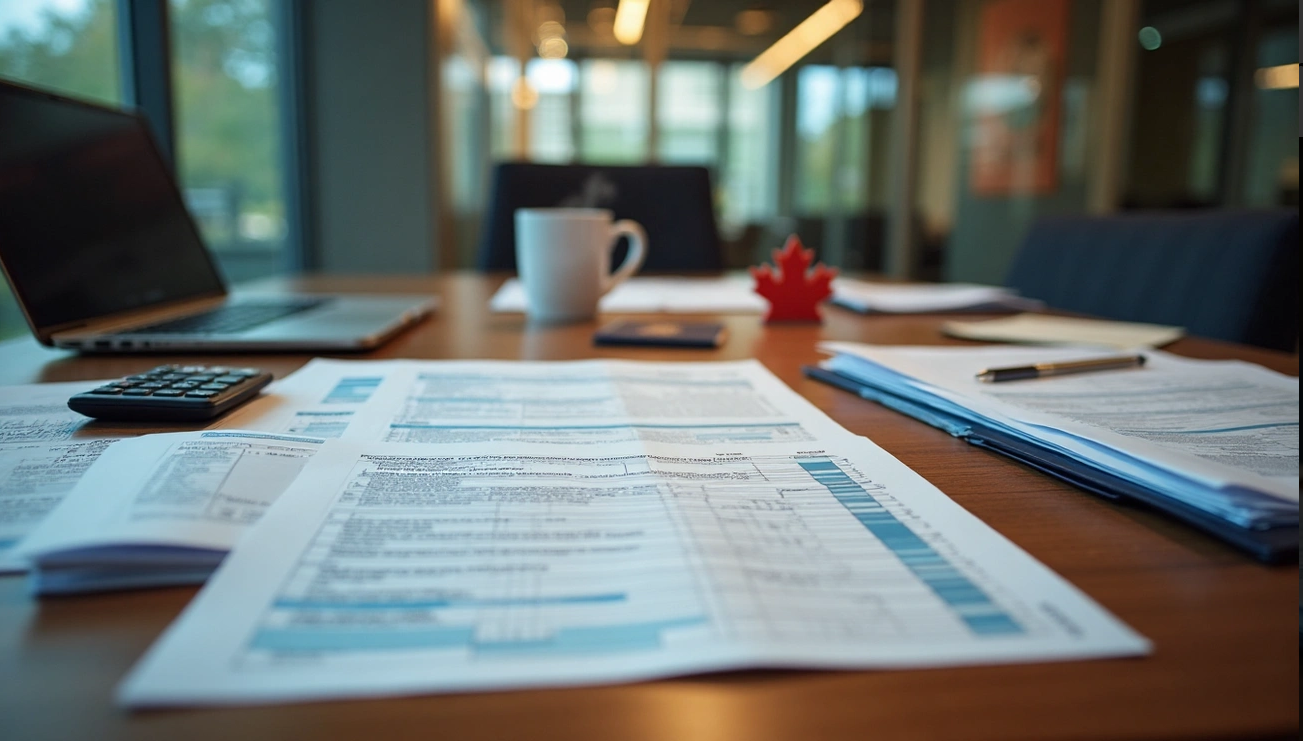In this article, we’ll explore the Basic tax credits, Non-resident rates, and child fitness equipment tax credits. We’ll also cover the dividends tax credit, and the non-resident rate for dividends. All of this is essential information for calculating your British Columbia personal tax. You’ll be well-prepared for the tax year.

Basic tax credits
If you live in British Columbia, you may qualify for basic tax credits to lower your personal income tax liability. These are non-refundable credits that are calculated by multiplying the base amount by the lowest tax rate in effect for the year. You can find out if you are eligible by visiting the Tax Rates page.
BC taxes income at a progressive rate, meaning the higher your income, the higher your tax rate. Most employers will deduct taxes from your paycheck, but you should check to make sure you are paying the correct amount. You may also qualify for a refund of all taxes you have already paid if your income is below the tax-free threshold.
Another example of a basic tax credit is the one that applies to apprentices. Employers who hire an apprentice can claim a tax credit when the apprentice completes their technical training or work-based training hours and receive a certificate. Employers may also be eligible for additional tax credits if the apprentice is First Nations or has a disability.
The provincial government provides many opportunities to help people reduce their taxes. Basic tax credits are available for low-income individuals and families. The Climate Action Tax Credit reduces tax liabilities for qualifying businesses.
Non-resident rates
The Non-resident rates for British Columbia personal tax are different than those for residents. They are calculated based on the amount that is taxable and must be prorated for the year of arrival and departure. In order to qualify for non-resident rates, you must spend a certain amount of time in the province each year.
The non-resident rate begins at 23% for income up to $42,707 CDN and increases to 43% for income above that amount. The same rates apply to non-resident corporations. Non-resident corporations are required to pay the combined federal and provincial corporate income tax, which ranges from 29.5% to 35.5% of net rental income. In addition to paying the same rates as residents, non-residents can also elect to pay the same graduated rate on the income from a rental property.
In addition to the non-resident rate, you must register for GST in Canada. This tax is applied on the supply of goods and services to Canadian consumers. This tax must be collected and remitted by digital platform operators. It also applies to short-term accommodation facilitated by a digital platform.
The non-resident rate for British Columbia personal tax can be very confusing for non-residents. This taxation system is complicated by its many exemptions and deductions. Fortunately, there are many methods to reduce the tax burden. Some countries have double-tax treaties that allow you to deduct the tax on income derived from non-residents.
Child fitness equipment tax credit
If you are a British Columbia resident, you can claim a personal tax credit for the purchase of child fitness equipment. This credit can be as much as 50% of the cost of the child fitness equipment. It is valid for the taxation year 2016 and is non-refundable. However, you must keep receipts to claim it.
The Children’s Fitness Tax Credit was introduced in 2007, and is a non-refundable tax credit for purchases made for a child fitness program that includes supervised physical activity. This credit is intended to encourage parents to spend money on equipment and services that promote a child’s flexibility, balance, and cardio-respiratory endurance.
The credit can be claimed for up to $500 per child. In addition, disabled children can claim an additional $500 credit. The eligible adult needs to spend at least $100 on registration fees and membership fees to qualify. However, it is important to note that you must first claim the expenses associated with child care before claiming this tax credit. After claiming the child care expenses, you can claim the remaining credit amount.
Non-resident rates for dividends
If you live in British Columbia and receive dividends, you may be wondering what the applicable rates are. The rates are different in every province and will depend on your income and tax status. The federal tax rate for Canadian citizens is the same, but each province levies its own income tax. This combined federal-provincial tax rate determines your marginal tax bracket. For example, a resident of Ontario with taxable income of under $150,000 will pay 29.5% combined federal and provincial tax on dividends earned in 2015. In comparison, a resident of Quebec with taxable income of $150,000 will pay 46.4% combined federal and provincial tax on that income.
Dividends received by non-residents are taxed at 25%. This rate applies to most dividends, rents, royalties, and certain management and technical service fees. Since Canadian governments are constantly renegotiating tax treaties, the rate that applies to your investment will vary. If you’re unsure, you can always consult the applicable treaties to find out what the rate is.
Non-resident rates for capital gains
The rates of non-resident rates for capital gains in British Columbia are different from those of residents. These rates are applied to certain types of capital gains, such as real estate and investments. Capital gains are taxes on an increase in the value of an investment or real estate holding, less the outlays that were incurred to acquire the property.
A non-resident may be entitled to a reduction in capital gains taxes if they are a non-resident of Canada. This tax is usually 5% on residential real estate or a flat rate of 13% on commercial property. The rates for non-residents may differ depending on where they live. In Ontario, the rate is 13%, while in British Columbia, it is 5% after April 1, 2013.
When investing in real estate in British Columbia, it is essential to understand the local tax implications. There are differences between resident and non-resident rates, and it is important to find a professional tax advisor. The taxation of real estate in Canada is complex and varies from province to province, and your use of it will determine the rates you pay.
Capital gains tax rates for non-residents in British Columbia are graduated, and are usually based on income level. In some cases, the non-resident rate is as low as 22%, while the highest rate is as high as 49%. However, the effective capital gains tax rate is half of the highest rate. This is an excellent advantage for non-residents. If you are a non-resident, be sure to include supporting documentation with the form.
Combined federal and provincial/territorial tax rate
If you are living in British Columbia, you need to know your combined federal and provincial/territorial personal income tax rate. It is 5%. However, there are several ways that you can reduce your taxes. One way is to maximize the use of your deductions.
You may be able to take advantage of the dividend tax credit to offset the taxes you owe. This credit is based on the amount of dividends you receive. The dividend tax credit is greater than the federal and provincial tax that you owe on these dividends. This credit may also be applied to other sources of income.
If you live outside Canada, you may be able to claim a deduction for foreign income taxes that you owe. In most cases, you must report all foreign income to the Canadian government. The Canadian government has negotiated international tax treaties that are designed to prevent double taxation.
Canada handles estimates, prepayments, and withholding taxes. The top federal tax bracket is 33%. Each province has its own tax brackets and tax rates. When filing your T1 general return form, you’ll need to determine the federal and provincial/territorial personal tax rate.
The combined federal and provincial/territorial personal income tax rate in British Columbia depends on your taxable income and personal income level. If you earn more than $250,000, you may pay as little as $1,030.




![Why Your Small Business Needs a Tax Accountant in Canada [2025 Guide]](https://bomcas.ca/wp-content/uploads/2025/06/Small-Business-Needs-a-Tax-Accountant-in-Canada.png)
![The Hidden Costs of DIY Personal Tax Preparation in Canada [2025 Guide]](https://bomcas.ca/wp-content/uploads/2025/06/The-Hidden-Costs-of-DIY-Personal-Tax-Preparation-in-Canada.png)




 View Our Location
View Our Location





 181 Meadowview Bay, Sherwood Park, AB T8H 1P7, Canada (Online Clients Only)
181 Meadowview Bay, Sherwood Park, AB T8H 1P7, Canada (Online Clients Only)